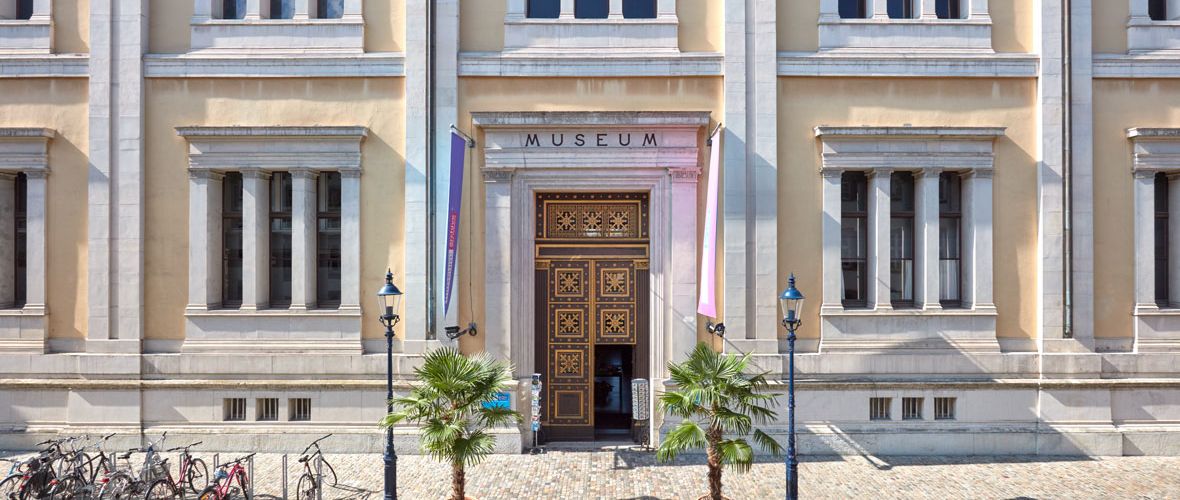
Stored Memory
The collections of the Natural History Museum Basel comprise natural history objects from the fields of zoology, entomology, mineralogy, anthropology, osteology and palaeontology. These outstanding 'Archives of Life' have been looked after and researched for over 300 years. As unique witnesses of living and non-living nature, the museum's 12 million objects represent a stored memory for our planet.
Some of the collections at the Natural History Museum Basel date back to the Middle Ages. The museum's existence, and with it Basel's reputation as a museum city, is primarily due to Basel bourgeoisie's passion for collecting in the early modern age. It brought the entire world in miniature into their living rooms.
Early beginnings as a cabinet of curiosities
The foundations for the museum's present-day treasures were laid back in the 17th century. Numerous objects come from the cabinet of the Basel physician Felix Platter (1536 – 1614). Other important pieces date back to the Amerbach cabinet. This cabinet of curiosities, filled by the professor of law Basilius Amerbach (1533 – 1591), was under threat of being sold to Amsterdam in 1661. In order to preserve the collection for the city's inhabitants, the city of Basel and its university decided to acquire it together.
In 1821, the Natural History Museum Basel was founded as a natural history collection. To exhibit its specimens, it was given its own building, the Falkensteinerhof on the Münsterplatz. When the city of Basel and its surrounding countryside were separated in 1883, there were calls to split the collections too. A court ruling, however, concluded that they were to be kept as assets of the city of Basel.
First construction of a museum in Basel
At the start of the 19th century, the space needed for the collections increased, especially after Peter Merian (1795 – 1883) gave his objects to the newly founded museum. The need for space prompted the responsible people to look at building a new museum. The area of the former Augustinian hermit monastery seemed ideal for this, especially since the property had belonged to the university since the Reformation.
Since 1849, the museum has been housed in the late-classical monumental building designed by architect Melchior Berri on the Münsterhügel in the heart of the city. Berri's construction was the first large museum building in Basel's history.
As a place of national education, the museum combined lecture theatres, event spaces and library rooms with natural and art history collections. The actual cabinet and the chemical laboratory were also integrated into the Berri building. It was only in 1879 that the departments of physics and chemistry moved to the Bernoulli Building (Bernouillianum). In 1896, the library was relocated to the new building on the Schönbeinstrasse. Between 1914 and 1917, adjacent properties were found for the ethnological collections. During this time, the art collection was also moved elsewhere.
With the Aula, the Natural History Museum Basel still to this day offers a space that the public can use for many different purposes and occasions. These include the inaugural lectures of various university faculties.
.............................................................................................................................
THE ENTIRE HISTORY OF THE MUSEUM COMPACT
Museum history in a nutshell